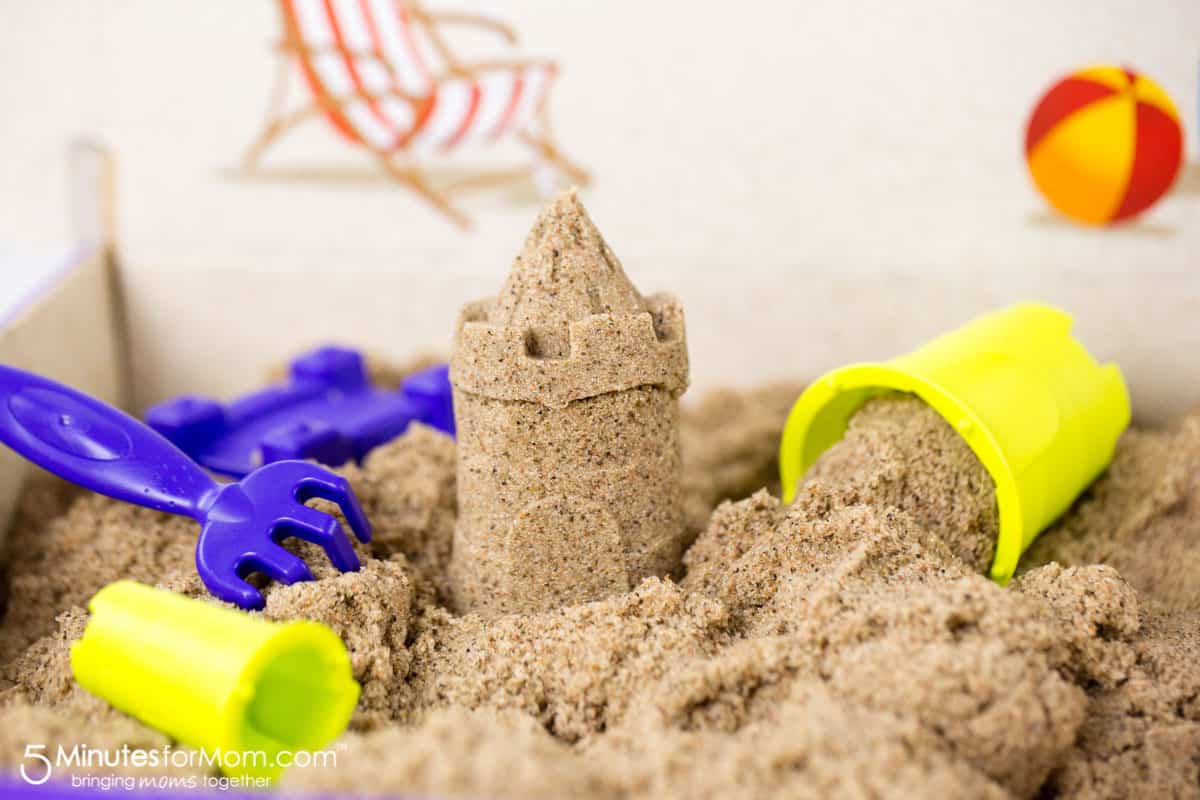Many aquarists use sand for their aquarium rather than the traditional epoxy-coated rocks. After all, sand makes the tank look like an authentic ecosystem for marine organisms. It also helps your aquarium become an eye-catcher for your visitors.
Sand is mainly used for aesthetic purposes. There are many choices depending on your taste, including silica sand and play sand. Each one has a specific use and effect on the aquarium.
In this article, we are going to discuss silica sand and play sand and determine which one fits your aquarium best.

Table of Contents
Which sand is best for an aquarium?
The best sand for the aquarium is the pool filter sand.
Pool filter sand is, as the name suggests, sand that is used to filter pools. It may not look like a viable option, but aquarists have been recommending pool filter sand to many beginner hobbyists to put in their aquariums.
The first reason why pool filter sand is recommended is its price. Aquarium sands are more expensive than pool filter sand, so it’s a more logical and accessible choice for aquarium owners on a budget.
Pool filter sand is also ideal for bottom fishes and snails, so it is the best option for you if you have these animals. They don’t scatter away when you are doing a water change, so you don’t have to wait that long for the sand to rest.
When you are the type of aquarist who likes to vacuum the substrate, this sand is the best for you since it doesn’t get sucked up easily. It’s also white or beige, so color coordination is also not a problem.
Is sand good for aquariums?
Sand is good for your aquarium, depending on the organisms that you have inside it.
Invertebrates prefer sand over gravel when they are in the tank.
Bottom feeding fishes benefit from the fine sand since they don’t get injured when burying their faces when trying to eat.
Any scrap floating in your tank is not buried in the sand, making cleaning a little easier for your filter. This will prevent the decay of scraps that can contaminate the aquarium.
Is play sand the same as silica sand?

Play sand is not the same as silica sand. In terms of prices, play sand is cheaper in comparison to silica sand. Play sand is used in children’s sandboxes, while silica sand is mostly utilized in water.
The main difference between play sand and silica sand is play sand is much smaller. It is 2-3mm in size, while silica sand is around 45-50mm. Play sand comes in different colors, which is why many aquarists love it. On the other hand, silica sand is close to neutral colors.
You should be careful in choosing play sand since any “silica-free” play sand might be dangerous to your fishes, while any silica sand can be used in the aquarium.
In terms of keeping the aquarium clean, silica sand is a better choice since silica sand is less messy when doing a water change.
Can you use silica sand in an aquarium?
Yes, silica sand can be used in aquariums. They are one of the best choices out there if you’re a starting aquarist. They have a larger size than other sand, so they can catch debris and filter them. Silica sand does not affect the PH in your aquarium since they are inert. They are also pre-washed to avoid anything that can contaminate and harm any organisms in your tank.
Aquarists use silica sand because they don’t get cloudy as much as other sands. The only downside of using silica sand is that you have to turn it in every once in a while to avoid the creation of packets underneath the sand.
Does play sand raise PH?

The pH level of play sand is 7, which means that it is normal in level. Play sand doesn’t affect PH levels but they have an impact on water params. Many newbies are trying to play sands because it is cheaper than other types of sand.
There are no reported cases of play sand changing the pH levels. The only thing that aquarists have a problem with is it is slow to settle. This is why they choose silica sand over play sand.
Does silica sand cause algae?
Soluble silica will let diatoms thrive in your aquarium. This means that silica sand can cause algae, since they have components that can help the propagation of algae in your aquarium. That said, this is a problem that is easily addressed by water changing the tank more often. Adding additional organisms that eat algae is also a solution, so the merrier has more organisms in your aquarium.
Did you like this article? Make sure to check out our other aquarium posts!